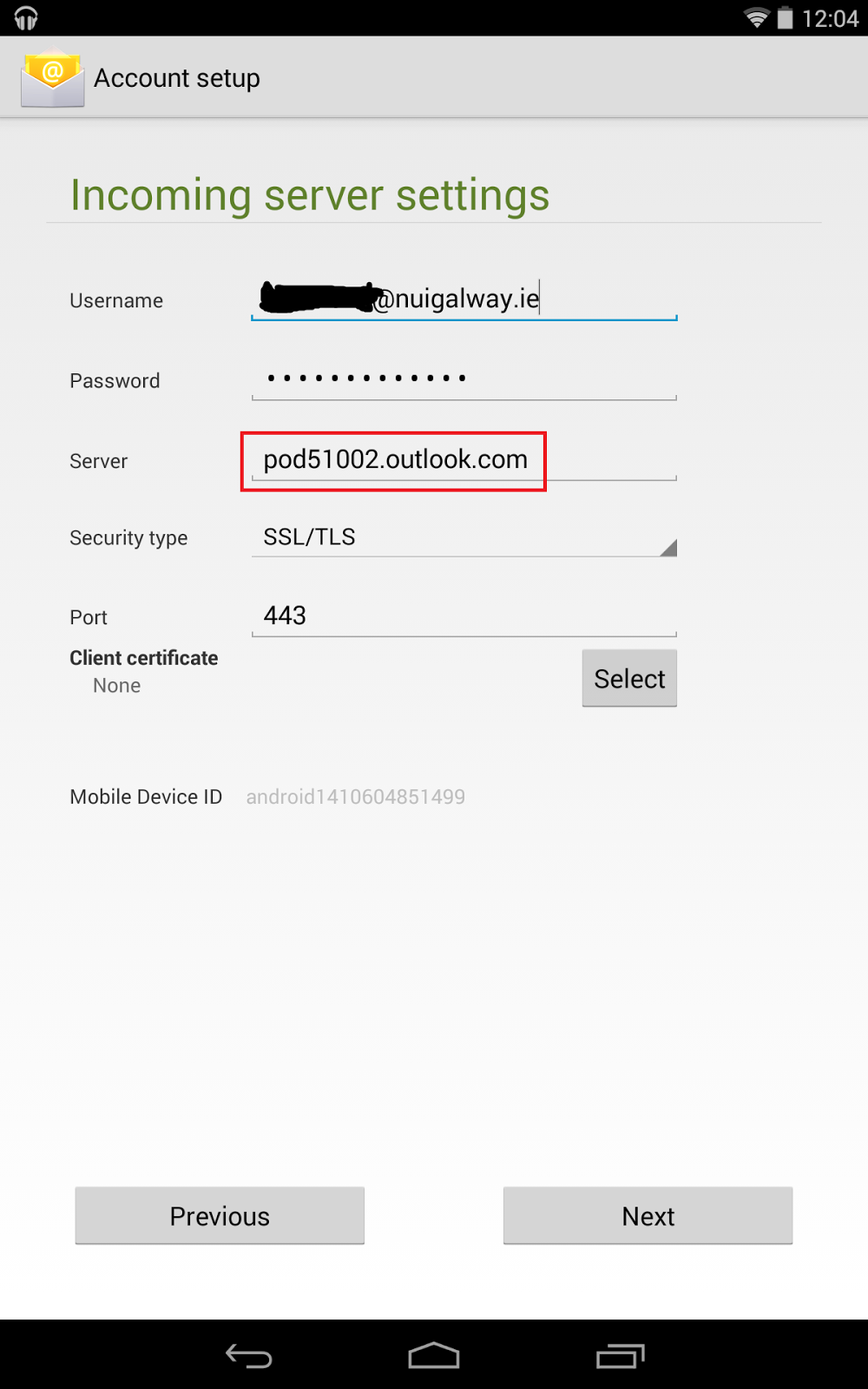How It Looks...
Android 5.0 Lollipop brought a brand new design language known as Material Design. It's really about trying to make everything about using your device as natural and intuitive as possible. As such, there are now subtle shadows under certain elements, and the dark blue of Holo has been replaced by white and green.
Most of Google's own apps have been updated to incorporate this new design language, with excellent examples being the new Keep, Google+ and Gmail apps. Unfortunately, there are still a few Google apps that remain to be updated, with Hangouts being the most obvious example.
As regards the system apps, for instance the Dialler, all of these have been overhauled visually. There are loads of new animations and eye candy in these, with a very nice example being the animation when you make a call. The call button expands to become the overlay containing the in-call control options. Most of these animations are small and quite pointless, but they make the OS feel smooth and natural.
How It Feels...
Smoooooooth! For the most part that is indeed how it feels. In general apps load quickly, and there is little to no lag between touching the screen and something happening. One thing that does take a little getting used to is the new way in which dialogue boxes are laid out. Now, as opposed to the buttons being spread evenly across the bottom of the box, they are now all in the bottom right-hand corner, meaning that you have to relearn where you expect the options to be.
How It Disappoints...
Lollipop is prone to stutters and frequent force-closes. This is an issue which was not present in Android 4.4 KitKat. My problems begin with the fact that Chrome will often Force Close when I'm opening a link in a New Tab. The issue goes away if I disable the "Merge Tabs and Apps" option. This is a new feature in Lollipop where you can access your Chrome tabs using the Recents button, as opposed to having your tabs separate from your apps. This is an example of Google totally integrating into Android, but, if it worked without issue, I would have no problem with that.
The other problem I have is that Google+ will often fail to start if I try to launch it from the Recents view. I haven't properly looked into why that happens, but if I had to take a guess, I would blame poor or overly-aggressive memory management. This is where Android removes apps that have not been used in a while from memory. This issue has also been cited on the Nexus 9 by Android Police, so it's clear that there's some problem with Lollipop's memory manager. Hopefully a 5.0.1 or 5.1 update will fix both of my problems.
To Wrap It Up...
Those two bugs aside though, I'm quite happy with Lollipop on my Nexus 5. The new look is head and shoulders above Holo, and I hope that more major app developers get their apps updated to match. A lot of smaller app developers have already updated, but larger companies always seem to take their sweet time, probably due to testing.
Quite honestly I'm surprised that there haven't been any Lollipop maintenance updates for either the Nexus 5 or 7 since the original update landed. They definitely need a little bug fixing, particularly the Nexus 5.
Should I Upgrade...?
Yup, absolutely! Besides just the visual update, Lollipop introduces a huge amount of behind the scenes changes, making for a drastically improved user experience.
I'll release another post soon hopefully about the Nexus 7.
What do you guys think of the new font? Like? Dislike? Please vote, either on Google+, Facebook, or right here on the side!









